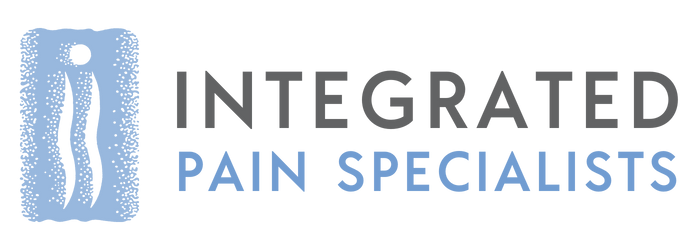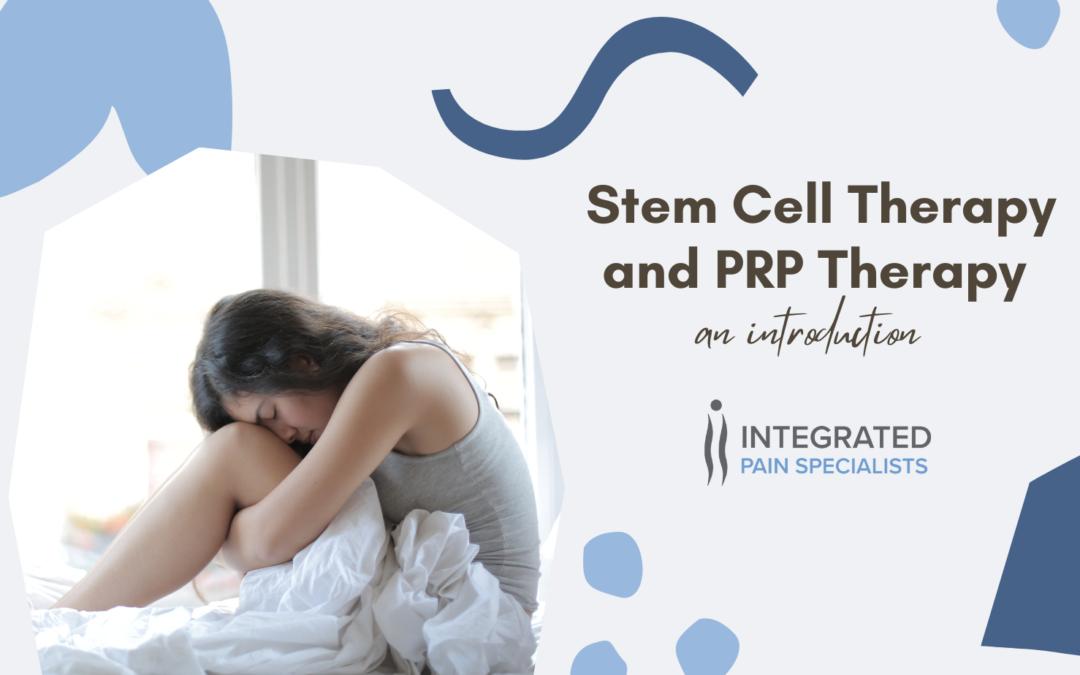Regenerative medicine is a biomedical approach to finding new methods to treat different illnesses. At the forefront, are stem cell therapy and platelet rich plasma (PRP) therapy. Specifically, these medical strategies are used to repair and rejuvenate damaged tissues to disease or injury. Both strategies are designed to perform similar functions, but there are differences in their prep and functionality.
The Differences Between Stem Cell Therapy and PRP Therapy
PRP is the autologous plasma of the blood that has high concentrations of plasma for healing. These are the platelets that are responsible for wound healing. On the flip side, stem cell therapy entails the primitive cells from adult tissue or embryonic tissue. It works by replacing damaged cells in tissue and organs.
The preparation in stem cell therapy takes time. The cells are isolated and cultured for several weeks in order to be applied. The preparation for PRP therapy is quick. There is a rapid separation of the blood. It’s important to note that stem cell therapy has delivered more promising results than PRP therapy. Likely, that is due to the differentiation into multiple cell types native to the site with the stem cell therapy mechanism.
A Closer Look at PRP Therapy
The preparation of PRP therapy includes blood collection, PRP separation and PRP activation. The blood is collected using citrate dextrose and centrifuged in different cycles. It enriches the blood up to 9 times. Then, the blood is separated into a bottom, middle and top layer. Depending on the application, the process may be activated or nonactivated. The activated process results in the release of cytokines, and the nonactivated process activates the platelets in the connective tissue.
According to The National Center for Biotechnology Information (NCBI), “Over the last few years, the use of PRP as a therapeutic tool has made a significant advancement in the field of regenerative medicine particularly in the field of wound healing and skin regeneration, dentistry, cosmetic and plastic surgery, fat grafting, bone regeneration, tendinopathies, ophthalmology, hepatocyte recovery, esthetic surgery, orthopedics, soft-tissue ulcers and skeletal muscle injury and others.”

An Inside Look at Stem Cell Therapy
Stem cells are divided into two groups-embryonic and adult cells. They are further classified into four types-unipotent, multipotent, totipotent and pluripotent. Each one of these classifications can differentiate into cells of three germ layers, but has a different function. For example, unipotent cells can differentiate into a specific type of tissue, such as heart tissue. One of the major advantages of stem cell therapy is that it can provide a lifetime repository of cells for patients. It is a complex process that requires sophisticated lab equipment and very experienced staff. It is critical that no contamination takes place during the process. Stem cell therapy also requires close monitoring of the patients during and after the application.
The ability of stem cell therapy for self-renewal and differentiation into other types of cells shows great promise. It can be used for degenerative diseases like cancer where PRP is not suitable. It can also be used for:
- Restoration of cognitive function
- Muscle regeneration
- Spinal cord injuries
- Lung diseases
- Diabetes
- Retinopathy
- Bone regeneration
- Scar tissue repair
- Cardiac defects
The Combination of Stem Cell Therapy and PRP Therapy
Both therapies have been used in conjunction for chronic pain treatment and wound healing. According to the NCBI, “ Although their preparation, mechanism and action and efficacy have been shown to be different, studies have shown that both PRP and SC can complement each other and might have an added advantage when used in combination. For example, PRP offers a suitable microenvironment for MSCs to promote proliferation and differentiation and accelerates wound healing capabilities. Conversely, PRP can be a powerful tool to attract cell populations, such as MSCs, a combination of which provides a promising approach for the treatment. Some of the common injuries that are treated using combinational therapy include – tendonitis, rotator cuff tears, osteoarthritis, spine conditions, arthritic joints, overuse injuries, inflammation from herniated disc and others.”
What Patients Need to Know About PRP Therapy and Stem Cell Therapy
Blood is drawn from a vein just like blood donation. Then, the PRP is made, which takes about 30 minutes. An ultrasound is used to look at the area. The skin is numbed and cleansed before the PRP is injected. For ligament or tendon conditions, the needle may be used to break up any adhesions. It’s known as fasciotomy. The PRP is then injected into the tissue. For joint conditions, the PRP is injected into the damaged joint. All around, the procedure takes about an hour.
When stem cells are taken from bone marrow, a bone marrow aspirate concentrate (BMAC) is taken from the bone marrow inside the bones. BMAC has stem cells, including regenerative cells and platelets. The concentrate is injected into ligaments, joints, muscles and other areas. Like PRP therapy, an ultrasound is used to identify the injection side. The skin is then cleaned and numbed. The ultrasound guides the needle into the damaged area, and it’s injected. The procedure takes about two hours.
Patients undergoing PRP therapy or Stem Cell therapy should advise their healthcare provider if they’ve had any changes in health, are taking blood thinners, have had the flue shot or may be pregnant prior to undergoing the procedure. Patients cannot undergo either one of these procedures if they are taking antibiotics, have any signs of an infection or are running a fever.
Typically, complications do not occur after stem cell therapy or PRP therapy, but they may. Any bleeding from the injection site, swollen throat, rash or difficulty breather should be reported to a healthcare provider. These symptoms could be an allergic reaction and require immediate care. Keep in mind, that it is normal to have some minor pain after an injection into any area of the body.

The Food and Drug Administration (FDA) and Regenerative Medicine
Regenerative medicine is still in its early stages of development. Recent advances have marked a huge point in the history of medicine. At the same time, there is uncertainty. To ensure proper oversight of regenerative medicine, the FDA has regulations in place. FDA Commissioner Scott Gottlieb states, “In terms of compliance, and with regard to our increased oversight and enforcement: In the last few days alone, the FDA has taken steps in Florida and California to address a number of especially troubling products being marketed. But unfortunately, these are examples of a larger pool of actors who claim that their unproven and unsafe products will address a serious disease, but instead put patients at significant risk. We will seek to take additional actions in the coming months as we address this field, and target those who are clearly stepping over the line, at the same time that they create a potential danger to patients. We have examples where some of these unproven treatments have clearly harmed patients. As the agency responsible for ensuring these therapies are safe and effective, I will not allow these activities to go unchecked. I’ve directed the FDA to launch a new working group to pursue unscrupulous clinics through whatever legally enforceable means are necessary to protect the public health.”
The Future of Regenerative Medicine
Without a doubt, the future of regenerative medicine is unfolding right now. In the near future, the waiting list for organs will be a thing of the past. Regenerative medicine could solve the problem of a lack of donors and organ rejection. Patients will one day be able to circumvent organ donation, and regenerative medicine will know how to repair organs on its own. Currently, research and education are fueling the advances in regenerative medicine. Research is being done right now at Duke University to study the mechanisms underlying regeneration of the heart, spinal cord and the brain. Instead of losing function from a damaged heart, it may one day be possible to place an engineered cardiac patch over the heart to totally restore its function after a heart attack.
Regenerative medicine certainly has the potential of radically changing how we treat disease and injury. There may even be a day when paralyzed patients may be able to walk again. Even diseases, such as Parkinson’s and Alzheimer’s may no deliver a sentence of neurodegeneration. Picture a world where medicine is not targeted to heal, but instead to regenerate.
In sum, regenerative medicine is a cross-disciplinary approach. It includes engineering, chemistry, medicine and computer science. It requires a lot of technical expertise from a wide variety of professionals. Many term regenerative medicine as the “cure of tomorrow.” Collaboration among many fields will be the key to this new genre of healthcare treatment. It’s innovative, and it will certainly improve the quality of life for millions. In the future, you can expect more developments in both stem cell therapy and PRP therapy. Using stem cell rich blood from an umbilical cord will soon be key to repairing injury and disease. Previously untreatable injuries and diseases just may become a thing of the past.

